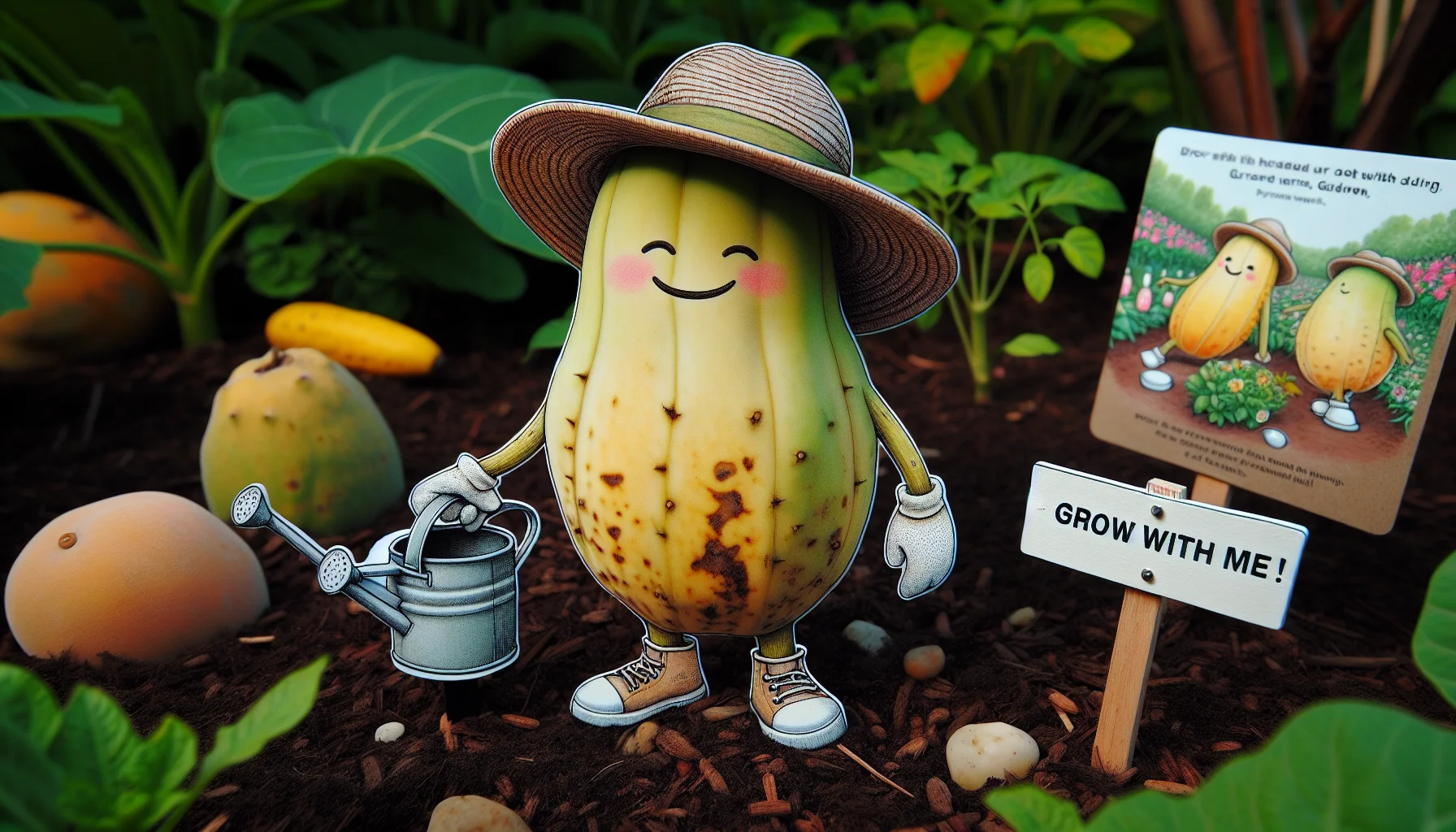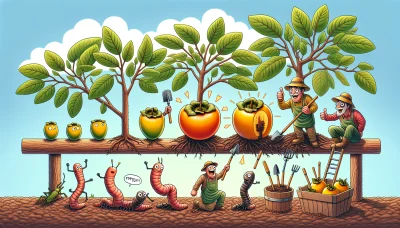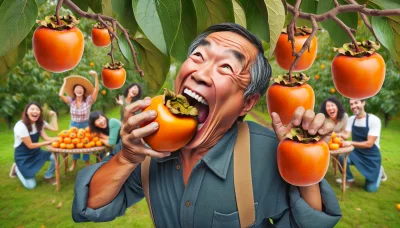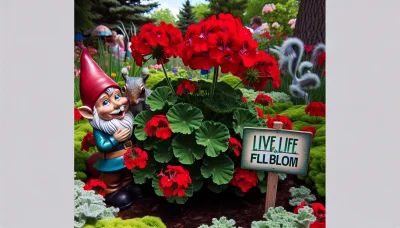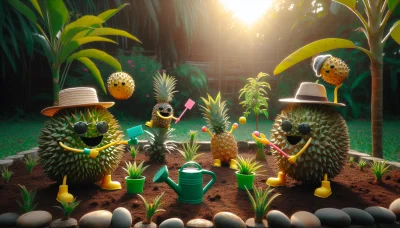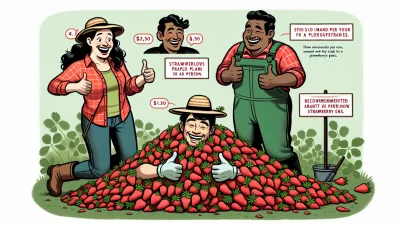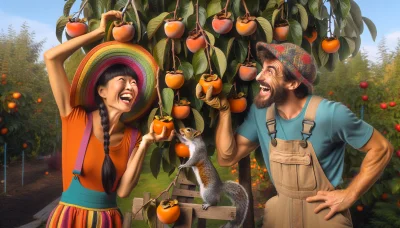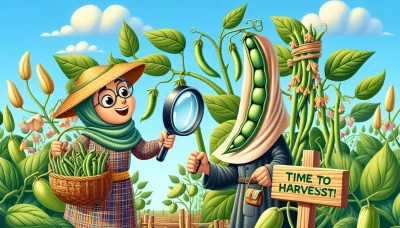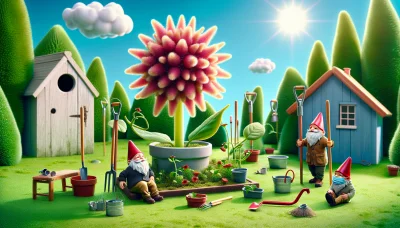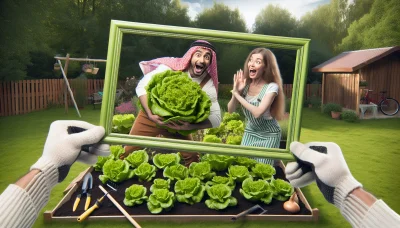Indiana banana Quiz
Test Your Knowledge
Question of
Introduction to the Indiana Banana
The Indiana Banana, scientifically known as Asimina triloba, is a fruit-bearing tree native to the Eastern United States. It is also commonly referred to as the pawpaw, American pawpaw, or custard apple. This unique fruit has a rich, custardy texture with a flavor profile that combines elements of banana, mango, and melon. The Indiana Banana thrives in temperate climates and is not only valued for its delicious fruit but also for its ornamental qualities, with large, lush green leaves and attractive flowers.
Growing Conditions for Indiana Banana
The Indiana Banana, also known as the Pawpaw tree, thrives under specific conditions that mimic its native woodland habitat. Ideal soil for this unique fruit tree is well-drained, slightly acidic to neutral in pH. It prefers a sunny to partly shaded location, with young trees requiring some shade protection until well-established. When it comes to watering, the Indiana Banana needs regular moisture, especially in dry conditions, but it does not tolerate waterlogged soil. Ensuring these conditions can lead to a healthy tree that produces the distinctive, custard-like fruit the Indiana Banana is known for.
Planting and Care Guide
- Select a planting location with full sun to partial shade and well-draining soil.
- Space Indiana Banana trees 15 to 20 feet apart to ensure enough room for growth.
- Dig a hole twice as wide and the same depth as the root ball.
- Place the tree in the hole, making sure it's level with the surrounding soil.
- Backfill the hole with soil, gently pressing down to remove air pockets.
- Water the tree deeply to settle the soil around the roots.
- Mulch around the base of the tree to retain moisture and regulate soil temperature.
- Water the tree regularly, especially during dry spells, to maintain moist soil.
- Apply a balanced fertilizer in early spring and mid-summer to support growth.
- Prune dead or damaged branches in late winter to encourage healthy development.
Pest and Disease Management
The Indiana Banana, also known as the Pawpaw, is susceptible to a few pests and diseases, despite being relatively hardy. Common pests include the Pawpaw Sphinx moth caterpillar, which feeds on the leaves, potentially defoliating young trees if left unchecked. Regular monitoring of the trees and manual removal of the caterpillars can be an effective management strategy. Diseases such as Pawpaw decline and fungal issues like powdery mildew may also affect these trees. Ensuring proper spacing to promote air circulation, avoiding overhead watering to keep foliage dry, and applying fungicides when necessary can help manage these diseases. It's crucial to maintain healthy soil and provide adequate water and nutrients to support the overall health and resilience of the Indiana Banana.
Harvesting and Uses of Indiana Banana
The Indiana Banana, also known as the pawpaw, is a unique fruit native to North America that can be harvested in the late summer through early fall when the fruit turns yellow and becomes soft to the touch. To harvest, gently twist the fruit off the branch. It's important to handle them with care as they bruise easily. Once harvested, Indiana Bananas can be eaten fresh or used in a variety of culinary applications. They are renowned for their creamy texture and tropical flavor, making them an excellent addition to smoothies, ice cream, and baked goods. Their unique taste has also been compared to bananas, mangos, and melons, allowing for creative uses in salads, salsas, and even as a substitute for bananas in recipes like banana bread. Remember, the fruit's skin and seeds are not edible, so be sure to remove them before use.
Conservation and Environmental Impact
The Indiana Banana, more commonly known as the pawpaw, plays a crucial role in local ecosystems and conservation efforts. As a native fruit to the North American continent, it not only provides a unique habitat for various species but also contributes to the biodiversity of the regions it inhabits. The tree's fruit serves as a food source for wildlife, while its foliage offers shelter and breeding grounds for certain insects and birds. In conservation efforts, the Indiana Banana is vital in reforestation projects and the restoration of native plant communities, helping to maintain ecological balance and support sustainable environments. Its presence underscores the importance of preserving indigenous plant species to ensure the health and resilience of local ecosystems.
Joining the Community
Consider becoming part of a local gardening community or an online forum to share your tips and experiences about growing Indiana Bananas. Engaging with fellow enthusiasts can offer valuable insights, support, and even friendship. Whether you're a seasoned grower or just starting out, there's always something new to learn or contribute. Let's grow together!
